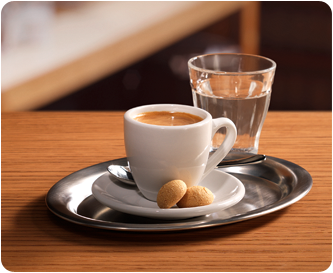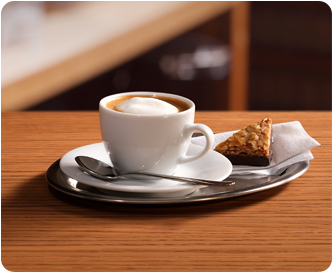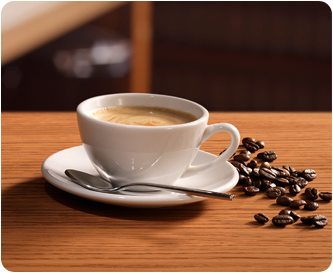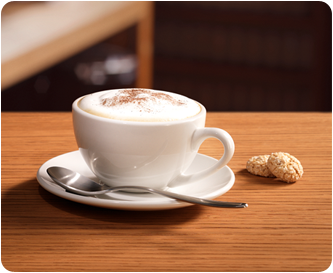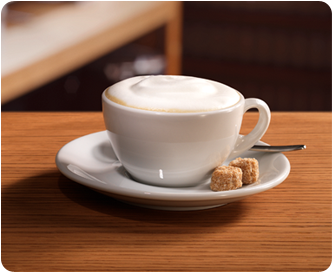Espresso
Espresso Macchiato
Café Crèma
Ristretto
Cappuccino
Caffé Lungo
Milky coffee
Latte Macchiato
Espresso
Espresso Macchiato
Café Crèma
Ristretto
Cappuccino
Caffé Lungo
Milky coffee
Latte Macchiato






